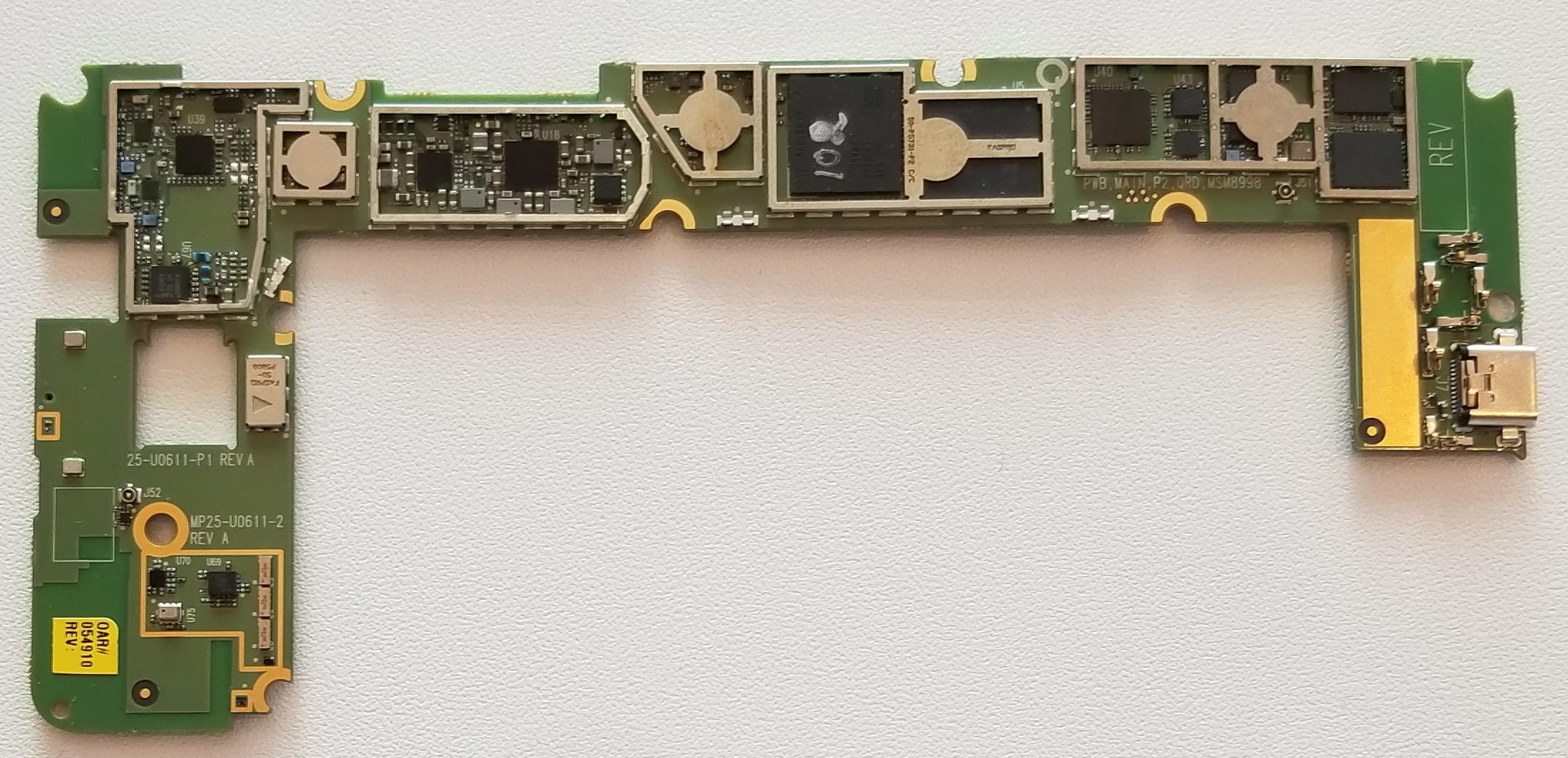


- #Intel processor arm emulator install
- #Intel processor arm emulator full
- #Intel processor arm emulator windows 10
- #Intel processor arm emulator android
- #Intel processor arm emulator pro
To do so you need to recompile the android kit for virtualbox, there are plenty of tutorials on the net. My best shot was using the virtualbox image with this virtualization solution. I could only manage to boot the system, but somehow the system had a memory allocation instability that prevent any usage. I tried sor so many evenings to make hardware acceleration work on my AMD processor, recompiling about everything in the Android development kit, kernel, core, applications… But I never succeeded. I came to the conclusion that the hardware acceleration did not work on any processors from AMD, whereas everything was working correctly on Intel processors. I spent some time investigating the problem and testing on various processors, AMD opteron 170, opeteron 2356 and some Intel Xeon. Leeloo has a laptop with an Intel processor, so I tried to boot the system on it and the hardware acceleration worked flawlessly. But the problem was related to the KVM acceleration,without any doubt, because if I deactivated it with the following command:Įmulator -avd W1 -show-kernel -verbose -qemu -disable-kvm The strange thing was that most of the boot process was done and only accessing to the local filesystem seemed to crash. The Linux kernel was panicking and did not manage to start correctly. Kernel panic - not syncing: Attempted to kill init! Processor state of libhoudinis emulated ARM /. Freeing unused kernel memory: 288k freed Intels proprietary dynamic binary translator from ARM to x86. The problem is easily diagnosed: mmcblk0: Manually launching the emulator from the command line was a bit more useful: The basic interface of android avd was not very verbose about the reason of the crash. I thought that developing java applications was mostly similar on a ARM or x86 underlying machine.īut, unfortunately, even following instructions by the book, the emulator screen stayed desperately blank as soon as I turned on the KVM hardware acceleration. However, this processor supports hardware virtualization and I thought about the Atom x86 Android version advocated by Intel. The main processor, an AMD Turion TL56 (dual core processor running at 1.8 GHz) is OK for most of my daily development, but it is deadly slow to run the Android emulator for ARM processor, this is unusable! I do not like changing my computer while it is still working perfectly, and my loyal qy.net is still in good shape after 4 years of 24/7 operations (this is the home router and my desktop computer).
#Intel processor arm emulator windows 10
Note: for installing Windows 10 on ARM Insider Preview in Parallels Desktop see KB 125375. Clean/simple/lightweight/intuitive architecture-neutral API. Highlight features: Multi-architectures: Arm, Arm64 (Armv8), M68K, Mips, Sparc, & X86 (include X8664).

#Intel processor arm emulator install
The new ARM-compatible Android 11 system images allow the entire system to run x86 natively and take advantage of virtualization technologies as usual. To run Windows 10 and its applications on a Mac with Apple M1 Chip, you need to install Windows 10 on ARM Insider Preview that can run the majority of Intel-based Windows 10 applications by using a built-in emulator. Unicorn is a lightweight multi-platform, multi-architecture CPU emulator framework.
#Intel processor arm emulator full
My previous boss had me convinced for a long time that TDD ( Test Driven Development, software development driven by tests) was the path to follow. Additionally, emulator system images with full ARM emulation cannot take advantage of the hardware acceleration and CPU virtualization technologies provided by x86 processors. But before anything else, I wanted to create a development and test environment. I already tried once with my old HTC Dream, but 128 MB of RAM had rapidly stopped me. Microsoft declined to comment to Neowin and told Tom's Hardware there's nothing to share at this time.Since Leeloo and my parents has bought me a Samsung Galaxy S3, I’m interested in developing for Android again. But if not, the store could offer 32-bit apps or 64-bit apps based on performance, or even let users choose. Ideally, for Arm users, it would be a native app (Adobe, for instance, has pledged to do this but not provided a timeline). There would be a question, of course, about which version of an app should be presented to users for download in the Microsoft Store and elsewhere. This would be a boon to Microsoft, PC vendors and Qualcomm if implemented well. That machine uses a Microsoft SQ1 processor, a variant of the Qualcomm Snapdragon 8cx.
#Intel processor arm emulator pro
The lack of 64-bit emulation has meant that many programs simply don't run on Arm laptops, including Microsoft's own recently-released Surface Pro X. Up until now, the assumption was that 64-bit apps simply wouldn't be emulated, due to technical difficulties, performance or some combination of the two. Windows 10 on ARM currently supports ARM and ARM64 apps natively and emulates 32-bit x86 apps.


 0 kommentar(er)
0 kommentar(er)
